Lumbopelvic stabilization with external fixator in a patient with lumbosacral agenesis
- PMID: 20502924
- PMCID: PMC3111521
- DOI: 10.1007/s00586-010-1458-y
Lumbopelvic stabilization with external fixator in a patient with lumbosacral agenesis
Abstract
A case of caudal regression syndrome in which rehabilitation was obtained by lumbopelvic distraction and stabilization with external fixation Orthofix(®) is presented. The objective of the study is to describe the benefit of spine external fixator in caudal regression syndrome. Caudal regression syndrome is a rare and sporadic neural defect of distal spinal segments affecting the development of the spinal cord. It is characterized by vertebropelvic instability and essentially manifests as neurological deficit in the lower limbs and absence of bladder and bowel control. Pluridisciplinary management of this affection is complex. The clinical presentation and treatment of caudal regression syndromes are reviewed. A case of a boy for whom physical rehabilitation was obtained with external fixation Orthofix(®) is presented. Lumbopelvic stabilization was performed with autograft and allograft bone. A spine distraction was performed with external fixation with pedicular screws in L1 and L2 and in the pelvis bone. An elongation of 19 mm was obtained in 35 days. The external fixator was removed after 4 months and a spine cast was applied during 8 months. This treatment resulted in lumbopelvic nonunion of very low mobility. Lumbopelvic stability and the disappearance of pain were achieved. Sitting position was stable without hand support. At 14 years of follow-up, his condition is stable with possible deambulation at home with crutches. Lumbopelvic arthrodesis in caudal regression syndrome is difficult to obtain. The use of spine external fixator, however, allows trunk elongation and can achieve a stable sitting and upright position.
Figures
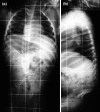
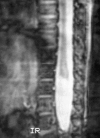

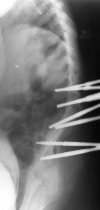

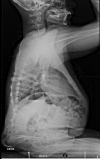
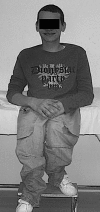
References
-
- Bollini G (1989) Agénésies sacrées et lombo-sacrées. Chirurgie et orthopédie du rachis de l’enfant. Sauramps Medical, Paris, pp 349–356
Publication types
MeSH terms
Supplementary concepts
LinkOut - more resources
Full Text Sources
Medical
Miscellaneous

